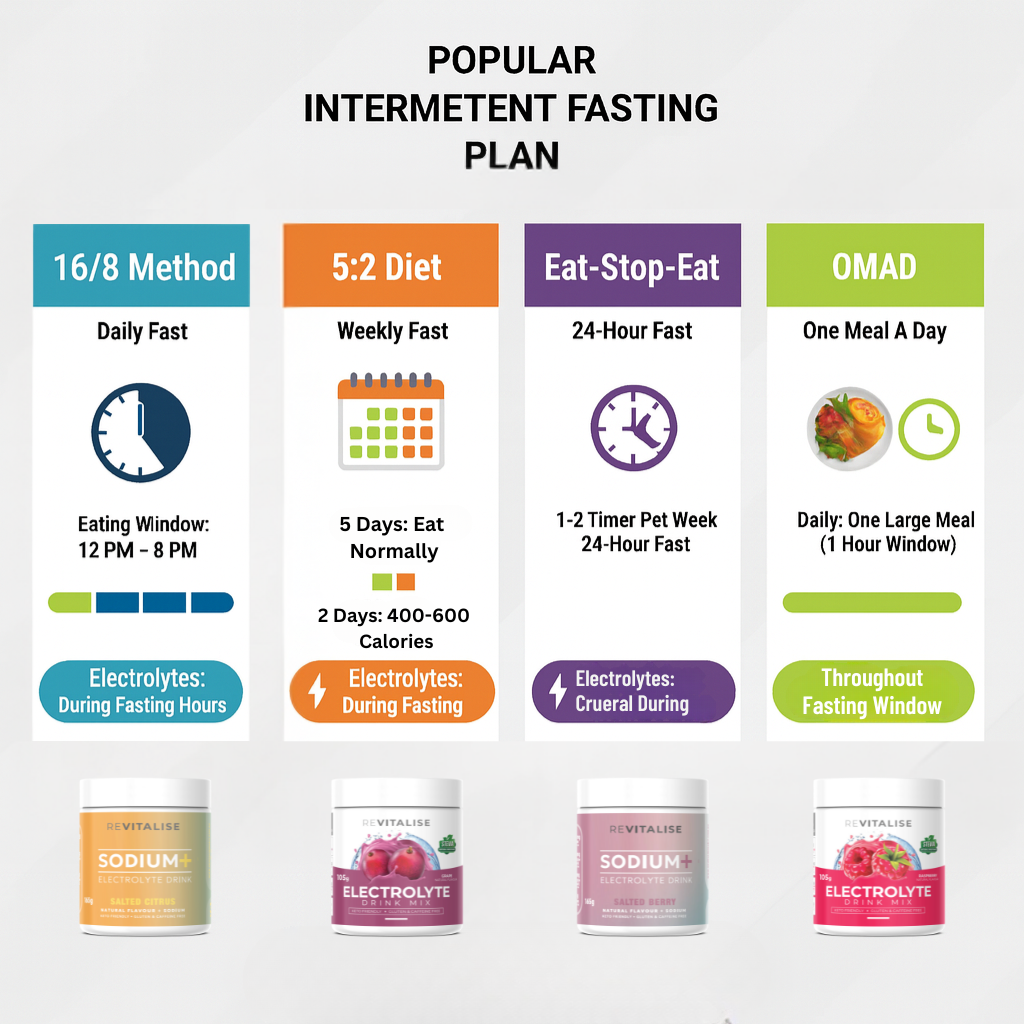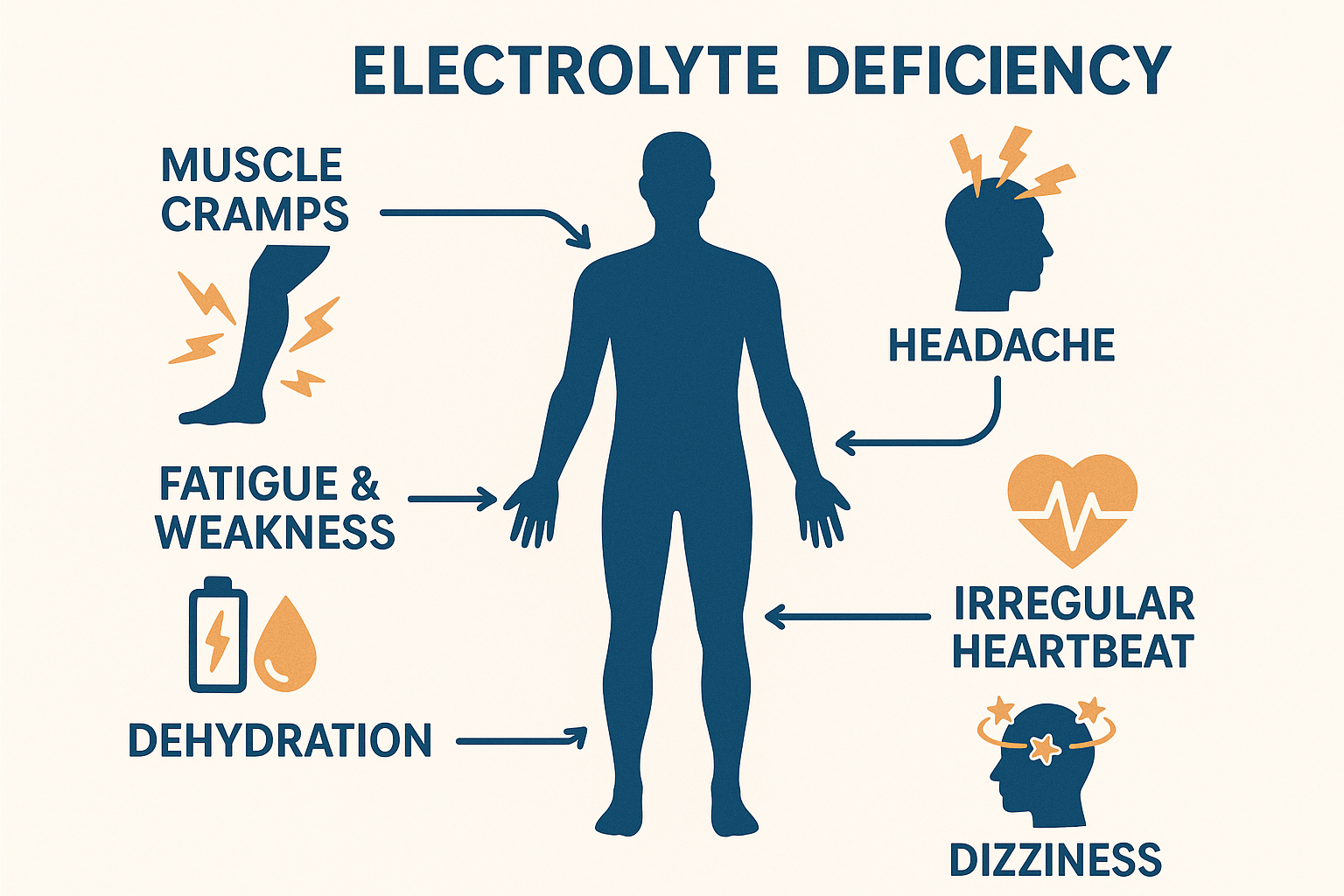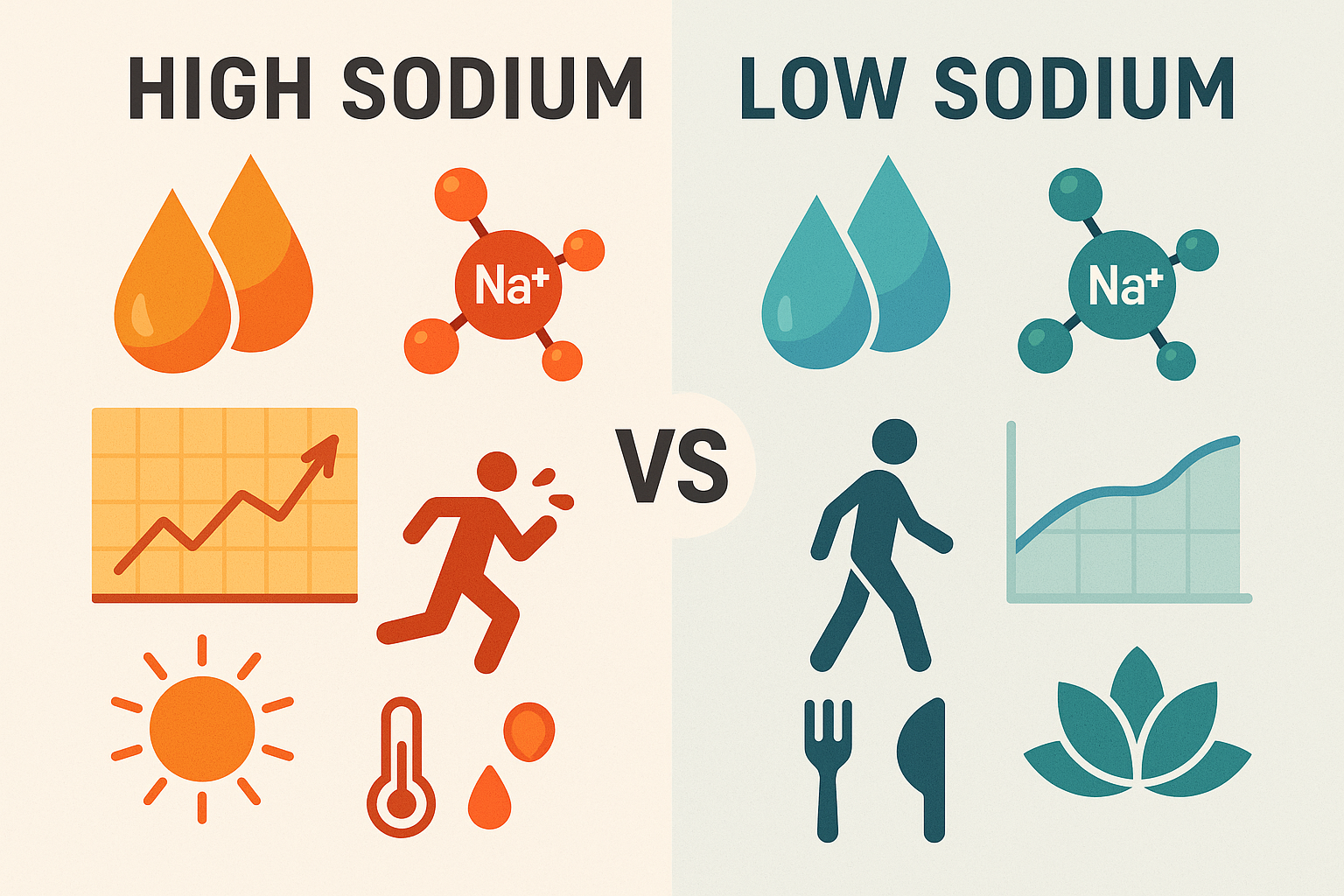Many athletes whether in endurance or power sports fall into the more is more mindset when it comes to training. The belief that missing a session means falling behind or that pain equals progress leads to chronic overtraining. However, excessive training without proper recovery does more harm than good.
Let’s explore how chronic training impacts your body and how a smarter approach can improve performance, endurance, and long-term health.
The Downside of Chronic Training
Do you believe in:
- No pain no gain
- Just push through
- Build resilience
While mental toughness is important, chronic training especially at heart rates above your aerobic maximum creates serious long-term health risks.
The Hidden Costs of Overtraining
- Glucose dependency forces the body to rely on glucose as its primary fuel source
- Weakened immune system from suppressed white blood cell function
- Increased cortisol and stress hormones leading to fatigue and injury risk
- Low testosterone and hormonal imbalance reducing performance
- Systemic inflammation affecting muscles, joints, cardiovascular and endocrine systems
Overtrained athletes often experience burnout, recurring injuries, and fatigue while struggling with sugar cravings, energy crashes, and inconsistent progress.

Shifting from Chronic Training to Sustainable Performance
Why More is Better is a Myth
The U.S. Surgeon General recommends 150 minutes of moderate-to-intense cardio per week but many athletes exceed this believing more calories burned equals better performance.
Smart athletes take a different approach:
- Slow down to speed up by training at lower intensities
- Avoid rigid workouts that lead to burnout
- Focus on consistent daily movement over structured training
The goal is to improve overall metabolic health and efficiency not just burn calories.
The Smart Approach: MAF Training and Heart Rate Control
MAF stands for Maximum Aerobic Function. Training the aerobic system first is key to long-term endurance and fat oxidation.
- Burn more fat for fuel for leaner body composition
- Increase energy and brain function
- Improve endurance strength and speed
- Lower risk of injury and illness
How Heart Rate Determines Fuel Use
- Below 70 percent max heart rate prioritises fat oxidation
- Above 80 percent max heart rate shifts to glucose dependence
Overtraining in the 80 percent plus range can trap athletes in a cycle of fatigue and carbohydrate dependence.
How to Train Smarter: The 80/20 Rule
- 80 percent of training should be low-intensity under 70 percent HR
- 20 percent can be anaerobic high-intensity once adapted
How to Implement MAF Training
- Step 1: Build your aerobic base by training at 180 minus your age for 4 to 8 weeks
- Step 2: Gradually increase pace after building aerobic stability
- Step 3: Introduce high-intensity sessions with one to two HIIT sessions per week max
The goal is to increase speed and endurance without raising heart rate excessively.
Monitoring Recovery and Long-Term Performance
HRV or Heart Rate Variability measures stress and recovery levels.
- Helps prevent overtraining and injury
- Ensures proper recovery before next session
- Improves long-term sustainability in performance
Tool: Use the Elite HRV App to monitor trends and adjust training.
Recovery and Hydration
Recovery and hydration are just as important as training itself. ReVitalise Daily Electrolytes ensures:
- Sustained endurance without crashes
- Faster muscle recovery
- Optimal hydration for peak performance











![ReVitalise Zero Sugar Electrolytes [SUBSCRIPTION]](http://revitalisedaily.com.au/cdn/shop/files/30s_LemonLime_3ea1cbec-4b35-4319-8f43-3ad8cbe7cd02.png?v=1698247645&width=1547)

